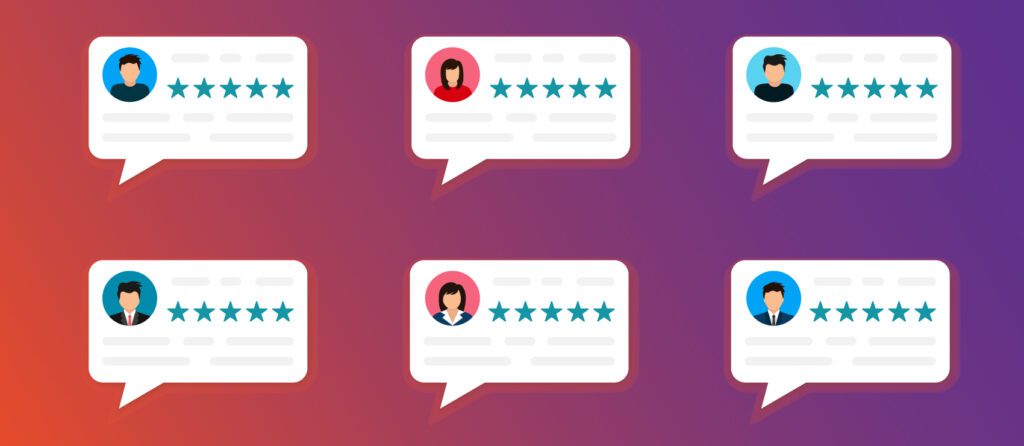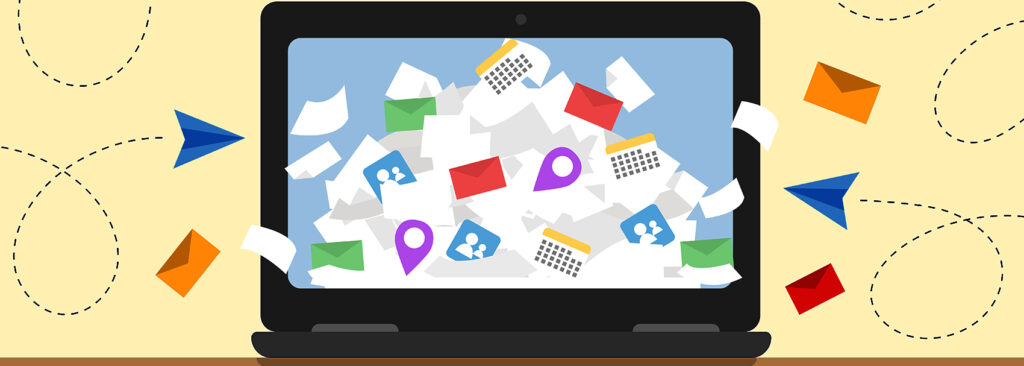Not using testimonials? BIG mistake!
Deciding on what marketing tools to focus on can be overwhelming. But as a small business owner, often with limited funds, you can’t market everywhere. Even big companies don’t spend all their marketing dollars in one place. We’re huge fans of social proof, particularly testimonials. Happy clients talking about your outstanding customer service or amazing […]
Not using testimonials? BIG mistake! Read More »









